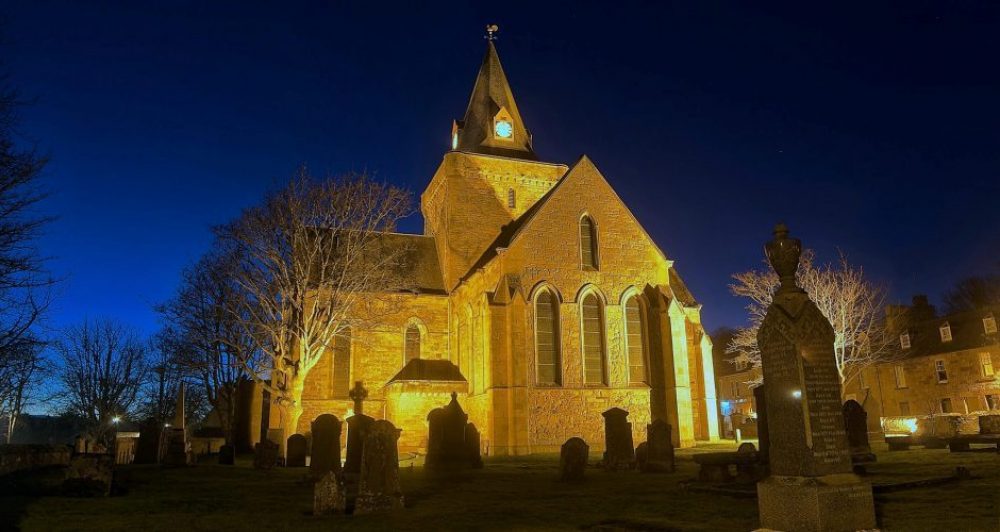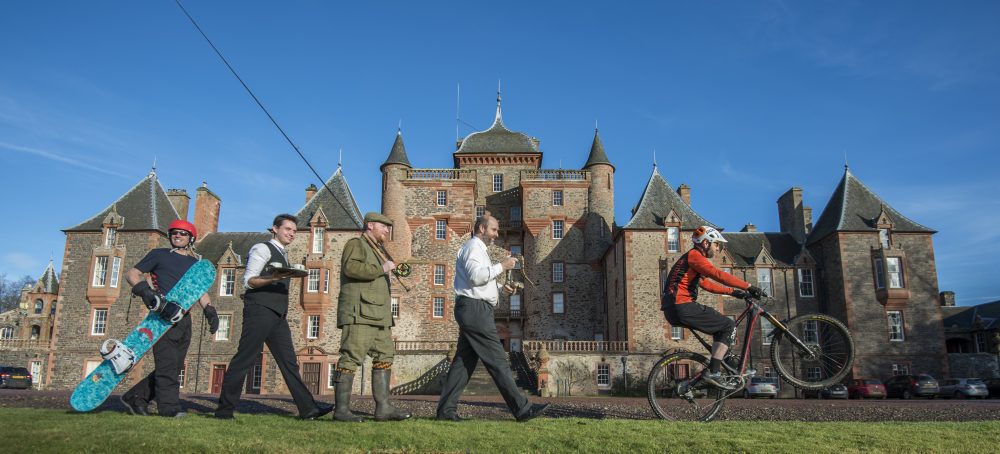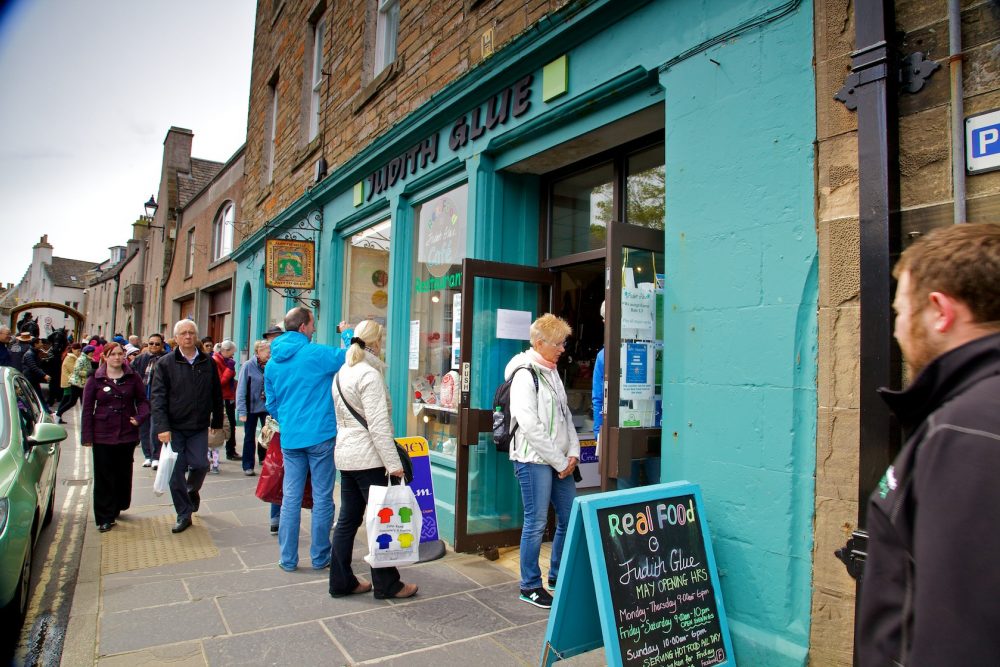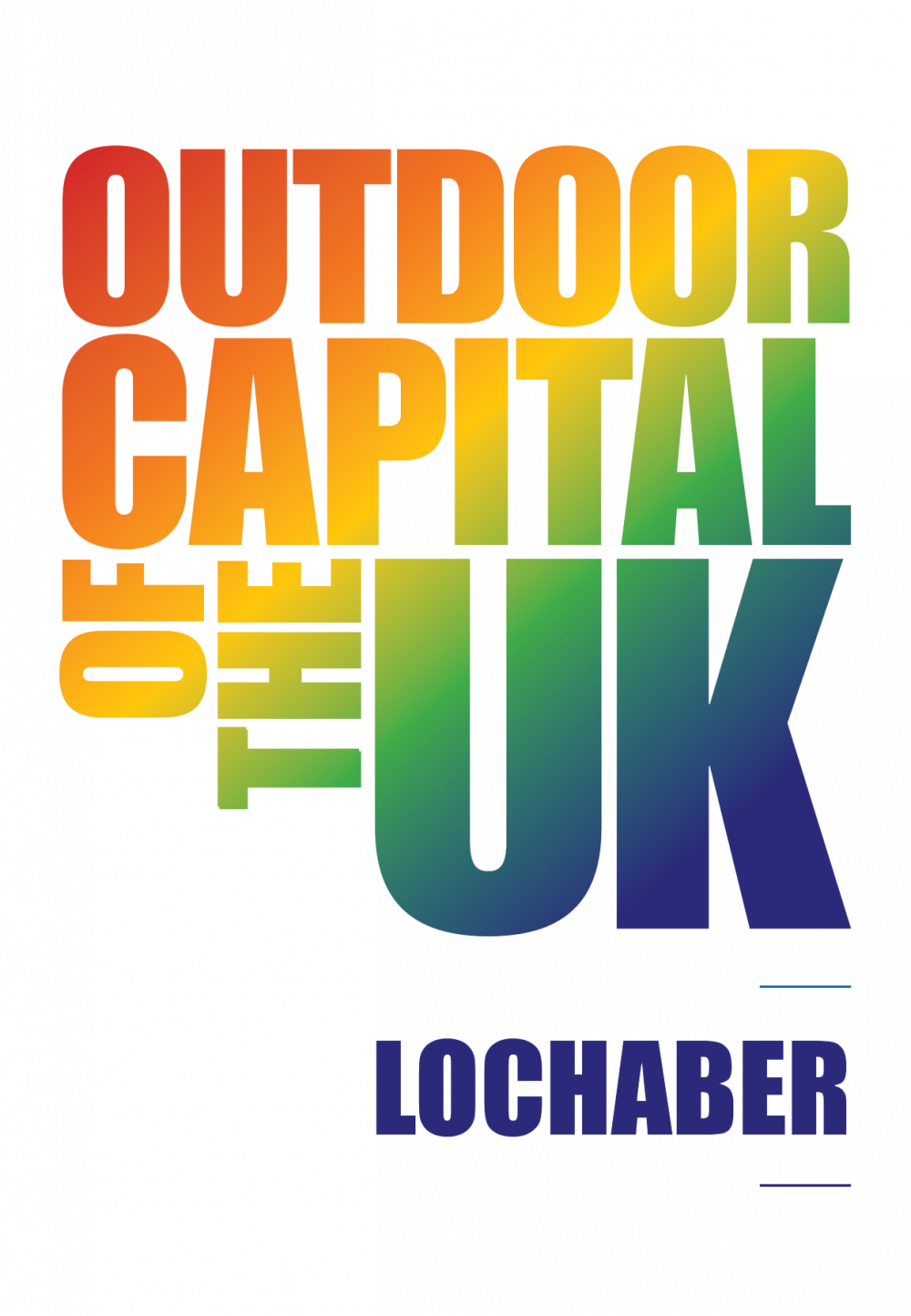Tap into tourism
More visitors equals more footfall, which is why every town around the country wants them. But how do you get more people to come, and manage a higher influx of visitors if this is achieved?
According to VisitScotland, Scotland’s national tourism organisation, your starting point should be to ask yourselves a basic question: what do we want to achieve by attracting visitors? Is it to create a new local visitor economy from scratch? To extend the season? To manage high visitor numbers? Or something else completely different?
Those questions are best answered collaboratively, with the response shaped by all of the key local organisations – from businesses, arts organisations, community groups, the local authority and anybody else who needs to be involved. This is vital because they will all need to work collaboratively to deliver change. The examples in this section all illustrate that, and have learning points for other towns around the country.


For more information and support, check out Resources for tourism at the end of this section. You might also find the Arts and Culture section interesting, especially Be authentic and Year-round activity. For information on how to develop effective marketing and communication strategies for your town centre, check out the presentations from this STP webinar.
Do lots of small things well: Visit Dornoch
Dornoch is a great example of a town which has achieved a lot by doing lots of small things well, without spending a lot of money.
The town centre is now buzzing with small independent shops. Business start-up rates have been excellent. There’s lots of collaboration, with projects ranging from a new website, signage, a map and an app right through to winter events, an improved food and drink offer, and work placements for local school pupils.
What are their secrets? A combination of a good volunteer base and strong local leadership have been central to delivering everything that has been achieved, led by Dornoch Community Interest Company (CIC). Dornoch CIC is a voluntary organisation which aims to enhance the town centre of Dornoch, while preserving its historic and cultural heritage. It is a business collective with over 80 members, who each pay into a turnover-based levy which funds its community tourism activities, and a couple of part-time staff.

The tourism project as a whole kicked off in 2013 when Highlands and Islands Enterprise identified Dornoch as an area of high growth potential, which led to the Dornoch Economic Masterplan (which allowed the CIC to tap into the Coastal Communities Fund and also secure signage from the A9) and visitor perception surveys. This work provided the springboard for the range of projects described above, with Dornoch CIC taking a lead role in delivery.
“For years we’ve had small amounts of funding, but the HIE Masterplan for Dornoch allowed us to go and get £200,000 from the Coastal Communities fund and solve our signage issue, plus get the signs on the A9 we’d been waiting 10 years for. That’s the difference.”
— Joan Bishop, Director, Dornoch CIC
Business collaboration: Midlothian and Borders

Midlothian and Borders Tourism Action Group (MBTAG) is a private sector led organisation that was set up in 2017 following the opening of the Borders Railway. This gave an opportunity to tap into funding from the Scottish Enterprise Tourism Development Fund and the Scottish Government to help businesses be more tourism-ready across the region.
The first two years included supporting tourism businesses with product development, capacity building, digital technologies and collaborative working to enhance customer experience and connect places and attractions across the two local authority areas. The programme then extended into digital marketing, market research and meet-the-buyer initiatives.
Over the four years of the programme, a host of useful resources for local tourism businesses were created, including:
- toolkit (applicable across Scotland)
- learning events and visits
- image library
- market data
- videos
- visitor app
Many of these initiatives focus on helping tourism businesses to create a good online presence, which is so critical to attract visitors.
The four year MBTAG programme finished in November 2020. The online resources are due to remain online at the MBTAG website until some point in 2021, when they will shift to the South of Scotland Destination Alliance website.
Visitor management: Kirkwall
Kirkwall has a busy, bustling, historic town centre: no more so than in the summer, when over 140 cruise ships land up to 5,000 people at a time: equivalent to over half the town’s population. It’s a nice problem to have, of course, but one that needs to be managed to avoid the town centre being overwhelmed – and to make sure that the town gets as much from each cruise as it can, including businesses which might not directly benefit.
Over the last decade, key partners have collaborated closely to make sure that Kirkwall benefits as much as possible from the daily influx of visitors throughout the summer. Local tourism businesses and transport operators, Orkney Islands Council, Kirkwall Business Improvement District (BID), VisitScotland, Historic Environment Scotland, Highlands and Islands Enterprise, Scottish Natural Heritage and cruise companies – all have co-operated to create one of the best cruise destination management operations in the world, with ship-to-shore transport and infrastructure, visitor activities and information for businesses.
Since 2018, collaboration has been through the partnership body Destination Orkney, the local destination management organisation which has also developed a 5 year tourism strategy for the period 2020-25.

The website Cruise Orkney works as a hub of information for local businesses, the tourism industry and cruise operators. Many of Kirkwall’s high street businesses are “cruise-ready”: they know what visitors want, and are very active in providing that. New initiatives like the Kirkwall Gift Card, developed by Kirkwall BID, have helped other high street shops who maybe benefited less from the cruise trade. The local authority has been proactive in improving the high street environment by securing investment in historic buildings and the public realm. And VisitScotland are helping to support winter festivals as a way to generate more trade and activity during the quieter winter months (see Arts and Culture section also).
For more information, please contact Christie Hartly, Volume Tourism Development and Management Office, Orkney Islands Council: Christie.Hartley@orkney.gov.uk or 01856 873535 Extension 2532
Make the most of events: Fort William
As the self-styled Outdoor Capital of the UK, Fort William has for many years been an event location. Every year the Mountain Bike Downhill World Cup, Scottish Six Days Trial, Ben Nevis Race, Fort William Mountain Film Festival and many other events bring competitors and visitors from all over the world. The Downhill World Cup alone brought over 22,000 visitors in 2019 and has created a cumulative economic impact of over £40m since it began in 2002.
Not every Scottish town is lucky enough to have Ben Nevis or an international downhill mountain bike track. But there are still lessons to be learned from how Fort William has gone about its business – not least how the local public sector supports event organisers.

2006 was a big milestone for the town. Event organisers had long struggled with the consents and logistics of organising events. That year, the public sector began to organise meetings every 2 months with all the regulators – police, fire, environmental health, traffic etc – so that event organisers could meet them all at the same time. This was a new way of working which had a huge impact, making it much easier to organise events – each of which obviously increases visitor spend and helps the local economy.
Since then, everyone involved has also worked hard together to extend visitor stays around events and to bring more people into the town centre. Lochaber Chamber of Commerce has a central co-ordinating role as the guardian and promoter of the Outdoor Capital brand.
Resources for tourism
Ayrshire and Arran community tourism toolkit For anybody who wants to explore and develop a tourism project – individuals, businesses and local groups. The comprehensive toolkit provides support material to enable communities to work through the key stages in delivering a successful tourism project – information which is relevant for anywhere in Scotland.
Highlands and Islands Enterprise HIE produces a wealth of information to support tourism enterprises in the Highlands and Islands. Much of it is also useful for enterprises in other parts of Scotland. Check out the Tune into Tourism videos on their YouTube Channel, with playlists covering food and drink, accommodation, digital and sustainability.
Scottish Tourism Alliance Comprehensive online toolkit, case studies and information covering customer profiles, tourism marketing, websites and social media, costs, staffing, and regional contacts.
Senscot A support network across Scotland for social and community activists and their enterprises. They have specialist resources on community-led tourism and adventure tourism, plus a wide range of other resources (see under ‘Resources for social enterprise’ below).
VisitScotland Scotland’s national tourism organisation – your source for business support, events support, news and information. In recent years, VisitScotland’s resources have become more business-focused rather than destination planning. They have developed a range of useful marketing toolkits and an Inclusive Tourism Toolkit. Their EventScotland team can provide advice on events-related funding, resources and information.